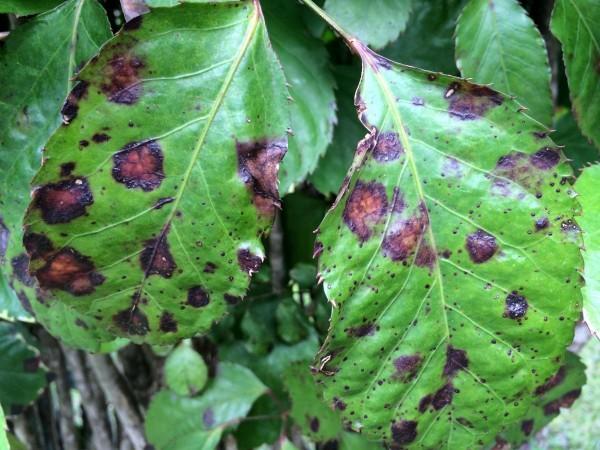Plants are as vulnerable to pathogens as animals are. While some are treatable, some are beyond catastrophic. One such harmful plant pathogen is the Xanthomonas campestris. It is referred to as a 'crop killer' as it can cause severe infections in hundreds of plants species across the world, leading to the destruction of valuable crops, especially food crops. Now, scientists have discovered the crucial mechanism using which the bacterium infects plants.
Through a new study, an interdisciplinary team of researchers from Nanyang Technological University, Singapore (NTU Singapore) identified the precise cellular-level mechanism employed by Xanthomonas to hijack and override a plant's biological processes, and prevent the launching of immune responses. According to the study, the bacterium uses a process called liquid-liquid phase separation to achieve this.
"Xanthomonas is a plant pathogen that infects a variety of plants, including food crops, so understanding this mechanism is important for controlling crop diseases. This is relevant to Singapore's and the world's goals of growing more food," said Dr. Miao Yansong, lead author of the study, in a statement. The research was published in the journal Nature.
Destroyer of Essential Crops

Xanthomonas campestris (and other bacteria in the Xanthomonas genus) is not called a global 'crop killer' without a reason. It can infect over 400 different species of plants. This includes several essential food crops such as rice, soybean, tomato, wheat, and several fruits and vegetables. Upon infecting a plant, Xanthomonas causes blight and bacterial spots in the plants' leaves and fruits. When crops are struck by the pathogen, a cultivator is often left with only one choice to prevent its spread—remove the entire crop of plants and destroy them.
Generally, plants can ward off infections at a cellular level utilizing a defensive layer of the plasma membrane to protect their actin cytoskeletons (an intracellular filamentous structure associated with the maintenance of cell structure and shape). This cytoskeleton oversees the mounting of immune defenses against invading pathogens.
So how does Xanthomonas campestris infect and harm plants? It injects lethal effector proteins known as 'Type III effectors' into host plants. Effector proteins enable bacteria in the process of invasion and survival within host tissues, and are usually vital in their virulence. The toxic proteins hijack and take control of the host plants' biological processes; essentially hampering their ability to initiate immune responses. However, the exact mechanism through which the Xanthomonas hijacks the host plasma membrane and the cytoskeleton to successfully cause infection has remained unknown.
Hijacking and Overriding Biological Processes

For the study, the authors examined a particular variety of effector proteins known as XopR. The protein functions like a molecular 'glue'. It was discovered that the protein hijacks the exoskeleton of the host by undergoing a process called liquid-liquid phase separation on the surface of the plants' plasma membrane. Simply put, the bacterial protein 'glues' itself onto the plant cell and merges with it; like two distinct liquid droplets.
This process is akin to how oil and water merge into each other but their separation into two different liquids is difficult. Following the merger, the enmeshed XopR proteins can invade the actin cytoskeleton network, which provides it access to cellular behavior. Once this occurs, the prevailing cellular instructions meant for activating an immune response are overwritten by XopR; thereby, leaving the host plant susceptible to infection.
"Our study was not only a biological study of bacteria protein but also about the biochemistry behind the infection mechanism. By studying the physicochemical properties of XopR liquid droplets, we were able to further 3 understand its unique protein sequence. This interdisciplinary approach allowed us to reveal the underlying molecular mechanisms by which XopR subverts the immunity of its plant host," noted Dr. Yu Jing, co-author of the study.
Potential to Improve Crop Resistance

The discovery of the mechanism of effector proteins hijacking plant cells offers new insights into tackling infections caused by other pathogens which may also inject such proteins into plants. It can also have significant implications in the areas of global food safety and sustainability.
Building on the findings of the current study, the scientists managed to reverse-engineer the infection mechanism. Using this, the team has procured a provisional patent for a toolkit that could potentially enable the development of new techniques to improve the resistance of plants against destructive bacteria.
"By understanding the exact mechanism of infection, our study sets the foundation for future research on how to prevent such infections through non-invasive means, such as changing plant growth conditions or using new nutrients. This allows us to better treat infected plants and explore ways to grow resilient crops with greater immunity to the disease without using genetic engineering," expressed Dr. Yansong.

















